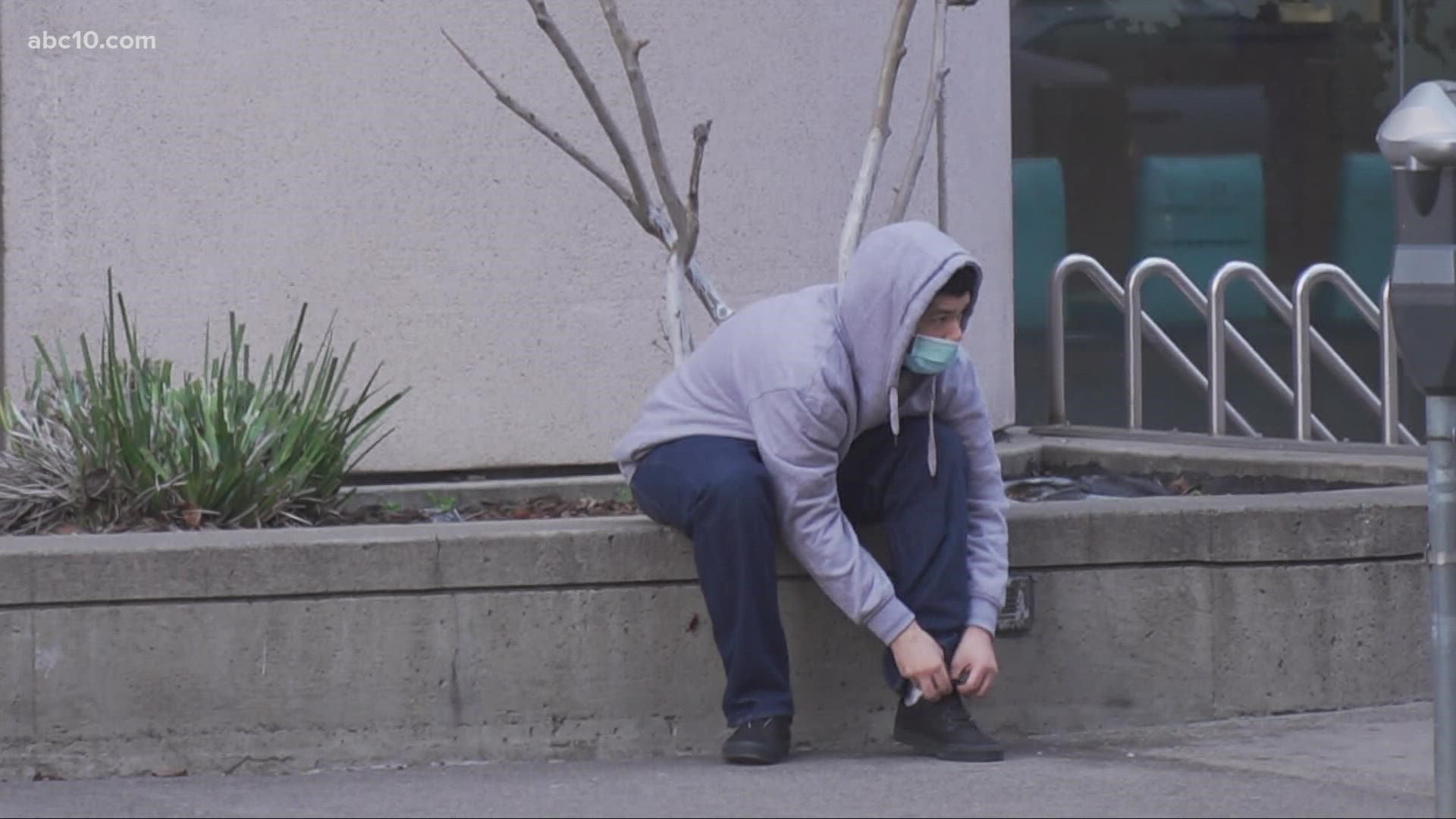SACRAMENTO, Calif. — COVID-19 cases in Sacramento jails have jumped six-fold in a week.
As a result, more than 200 low-offender inmates are getting out early after the sheriff’s office said they needed more space to be COVID safe.
Isaac Mendoza is one of more than 200 sentenced inmates being released from Sacramento county jail up to 90 days early. His release comes after the highly contagious omicron variant spread through the crowded jails system, logging 160 cases in the Sacramento County.
“Everyone was catching COVID in there. It was crazy. It was really like an outbreak in there. It was crazy. It was scary,” Mendoza said.
The sheriff’s office says they were left with no alternatives and
announced the emergency release Thursday, about two days after the outbreak started.
Officials say the offices of the sheriff, district attorney, public defender, and the courts agreed on a combination of last year’s court order and the sheriff’s existing 30-day release rules to form strict criteria of who to let go.
Inmates that cannot be released include those with charges of domestic violence, DUI, serious and violent felonies, and sex offenders. Additionally, those with bad behavior, chronic offenders, mandatory in custody sentences, and domestic violence restraining orders will not be eligible.
“We’re looking at their history and totality. Obviously, we don’t have a crystal ball about what somebody might do, but we are trying to look at and minimize any problem there might be after the release,” said sheriff's spokesperson Sgt. Rod Grassman.
But last September, when Land Park resident Mary Kate Tibbits and her dogs were gruesomely killed and their home set ablaze, neighbors were outraged when they learned that the suspect arrested was a parolee with a violent record who had gotten out of jail without bail.
“The thing that happened to Katie Tibbitts shouldn’t happen in any of our neighborhoods,” said Kristina Rogers, Land Park Community Association vice president.
She says omicron is also surging outside jail walls and believes inmates should shelter in place and follow health protocols.
“They don’t need to be letting them out. It makes no sense at all, and all it does is jeopardize public safety!”
Sheriff's officials say they have roughly 400 more inmates in their care than normal as the courts face a backlog, and state prisons and hospitals have stopped transfers due to the pandemic.
“If those 400 people were in the care (and) in the facility where they should be, we wouldn’t have to do any releases. This is about having to create quarantine areas,” Grassman said.
Rogers says she’s looking for more common-sense solutions.
“You can keep your criminals safe, but you can also keep the public safe. But as far as I’m concerned, the number one concern should be public safety not criminal safety,” she said.
Meanwhile, social justice advocates approved of the move, and cautioned the community from painting with broad strokes.
“When we dehumanize someone and reduce them to less than a human being on our societal value scale, we become more apt to treating them in cruel fashions and discarding them as a whole population,” said Jamilia Land, advocate to end involuntary servitude.
However, for Mendoza, who was sentenced after leading police on a high-speed chase, he says he’s grateful for a second chance that comes two months early.
“Not all of us are bad people, you know. We just **** up sometimes. But you know, I learned my lesson. I’m not trying to come back here. It was horrible! I hated it.”
The process to release the eligible inmates, officials say, will take a few days.
WATCH ALSO:



















